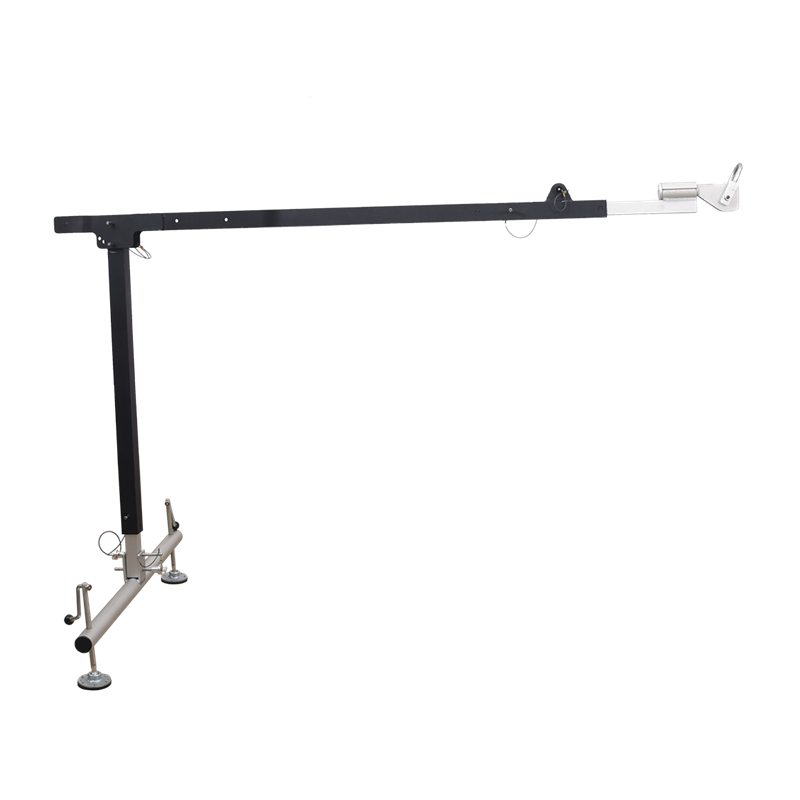







EasySafeWay 2 - Pole hoist for confined space entry, retrieval and rescue
EasySafeWay 2 - Pole hoist for confined space entry, retrieval and rescue
For access in confined spaces, in combination with a work and rescue winch (FA 60 003 20/20S, FA 60 003 30/30S, FA 60 023 20/20R) or a retractable fall arrester with integrated rescue winch (FA 20 401 10/10S/20/20R/20S/30/30S), in areas where regular anchorage systems cannot be used due to limited height constraints.
Swivel eye at the end of pole hoist arm to be used to be attached to a rated anchor point (conform with EN 795:2012).
Base with height-adjustable pads for levelling the system to the ground.
Can be used for side gantry holes of confined space.
Pole hoist arm is adjustable at 3 defined heights:
- 1,32 m / 2,14 m / 2,54 m (non-extended arm),
- 1,32 m / 2,54 m / 3,14 m (extended arm).
Material: Aluminium.
Weight: 13.20 kg.
Maximum load capacity: 500 kg.
Compliance: EN 795:2012 Type A, Machinery Directive 2006/42/EC, EN 1808.
Anchorage points resistance (as per EN 795:2012) > 12 kN.
Min. breaking strength: 15 kN.
![]()